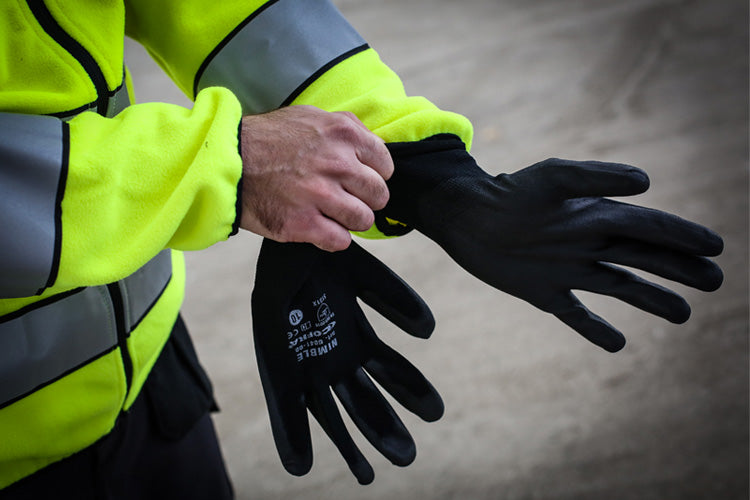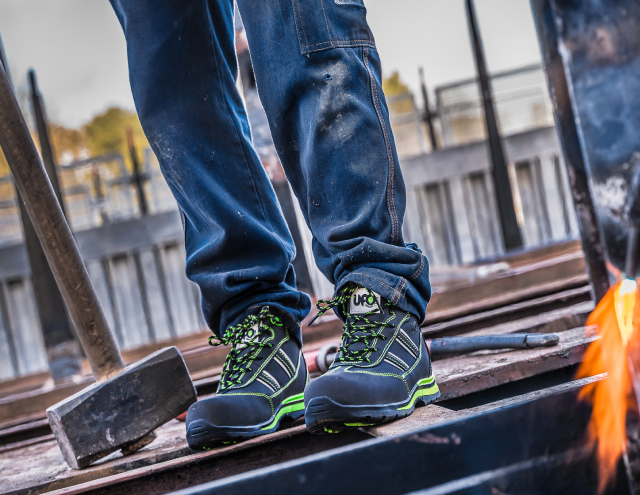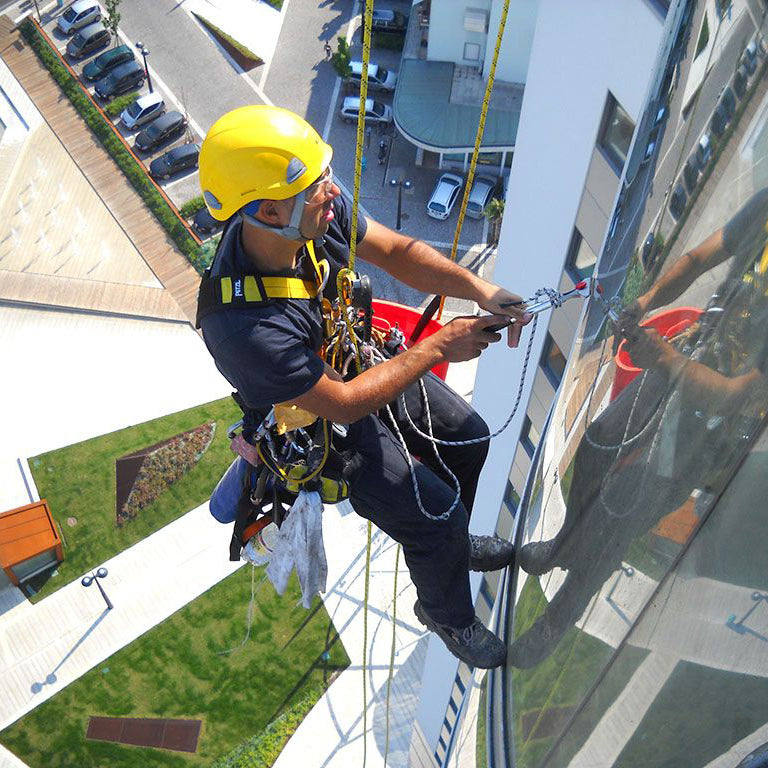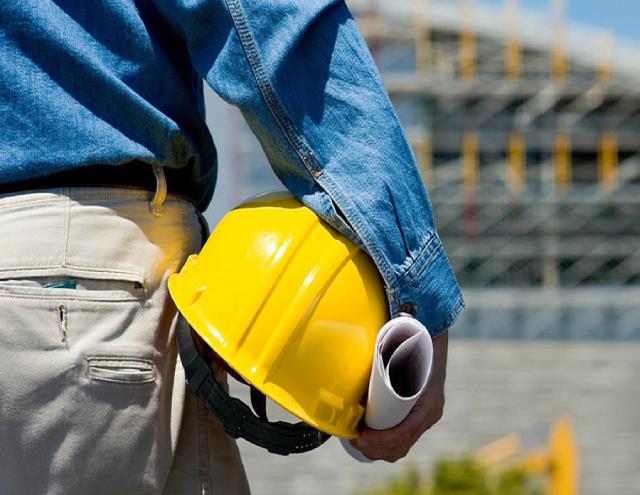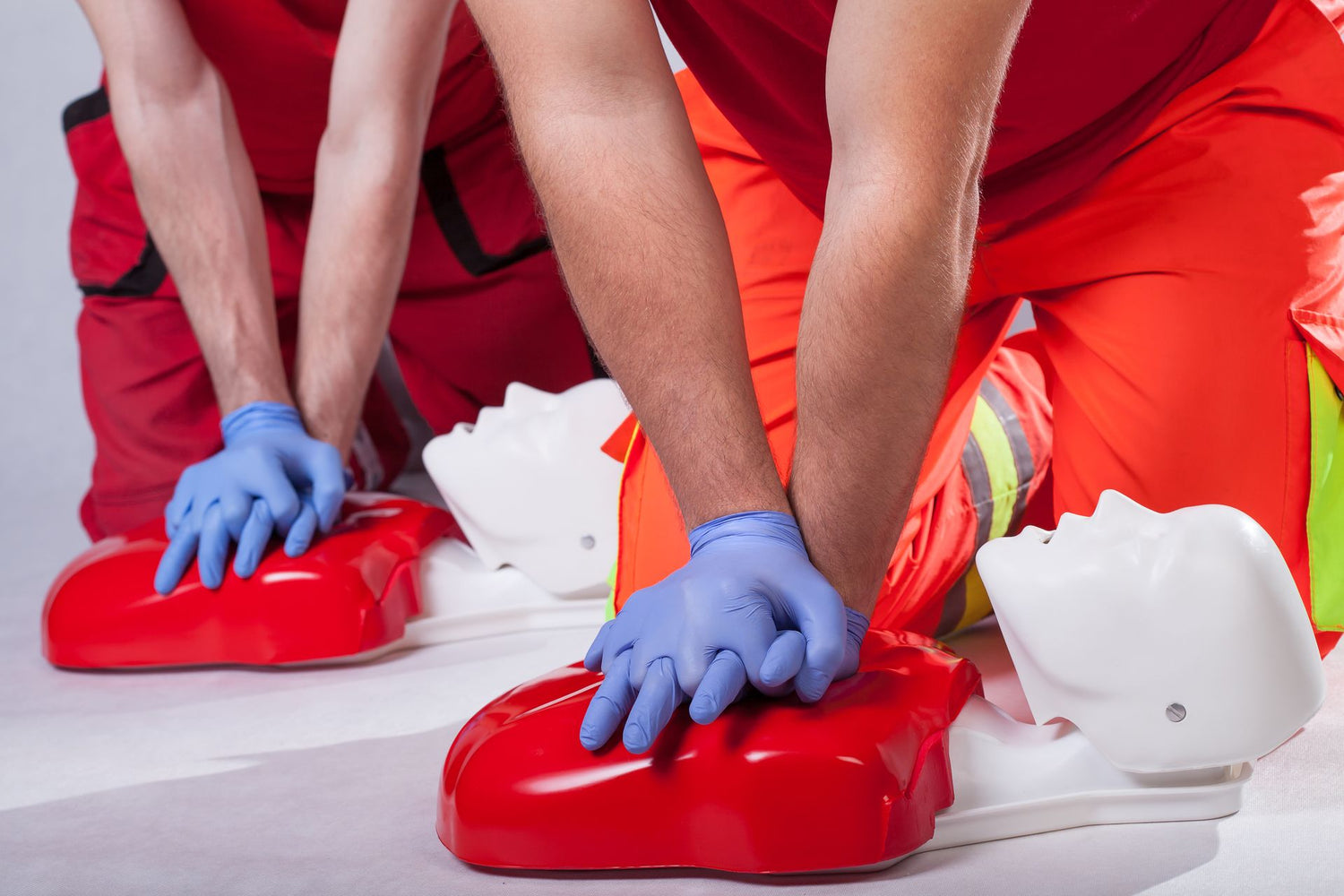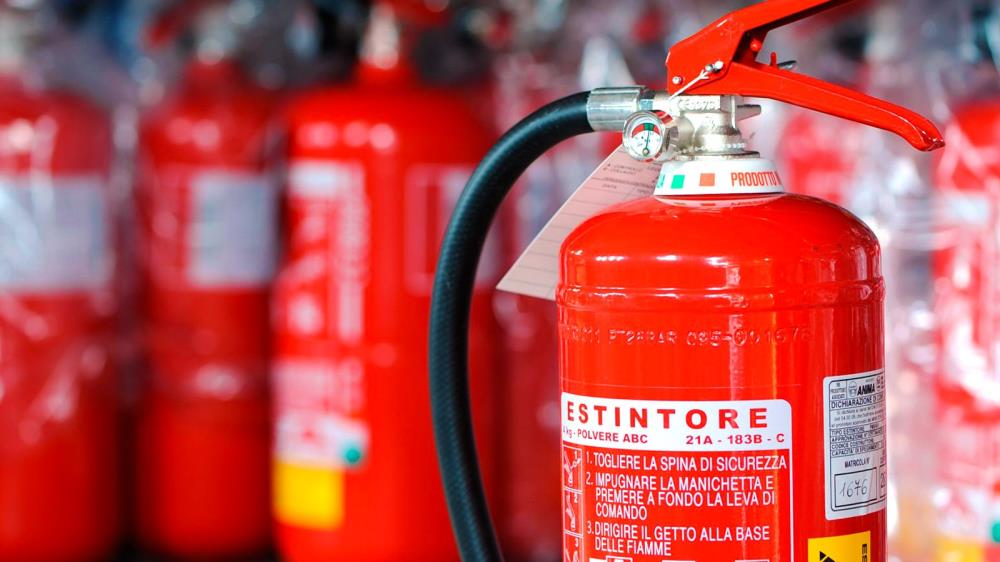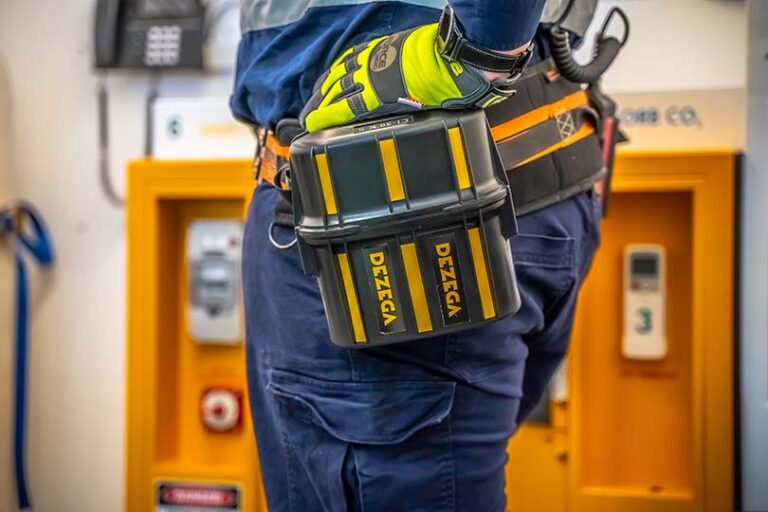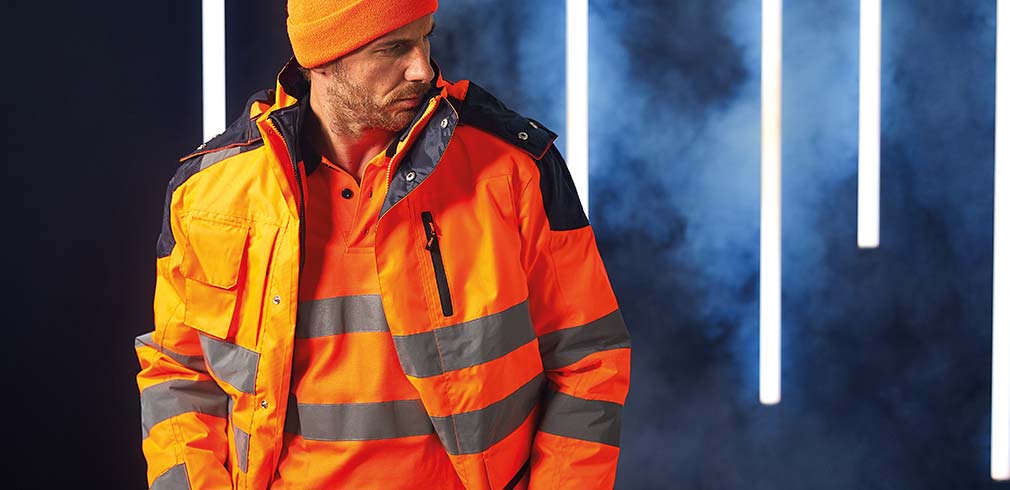Respiratory protective devices, also known in the technical field as " Respiratory Protective Devices " (APVR), are personal protective equipment (PPE) required in the workplace or in environments where harmful substances can contaminate the air in the form of dust, gas, liquid or fumes.Respiratory protection can therefore be essential to improve worker safety and related devices are available in a wide variety of forms, such as surgical masks, dust masks, disposable masks, FFP2 masks and full face respirators.
Examples of respiratory protection
AVPRs are available in two main forms: as a filtering device (respirator) or as an air-fed breathing apparatus.
- Filtration devices - particulate respirators can remove contaminants from the air and are often available in the form of face masks with a removable filter. The masks can be either half or full face masks depending on the level of protection required and on the basis of the need or not to have a protection factor also for the eyes.
- Breathing apparatus - powered air respirators require a supply of breathing air, for example via a pneumatic cylinder. They are designed to ensure that the worker receives clean air in a potentially contaminated environment.
When to wear respiratory protective equipment?
If worker safety is compromised by hazards that may affect breathing then a protective respiratory device (DPVR) may be required. Primary areas where DPVRs can be used include healthcare, industrial manufacturing, chemical and laboratory type tasks, as well as confined spaces where oxygen levels are low. The leak test must absolutely be performed before using the DPVR in question to ensure that the protective equipment chosen is suitable and appropriate for both the user and the environment.


